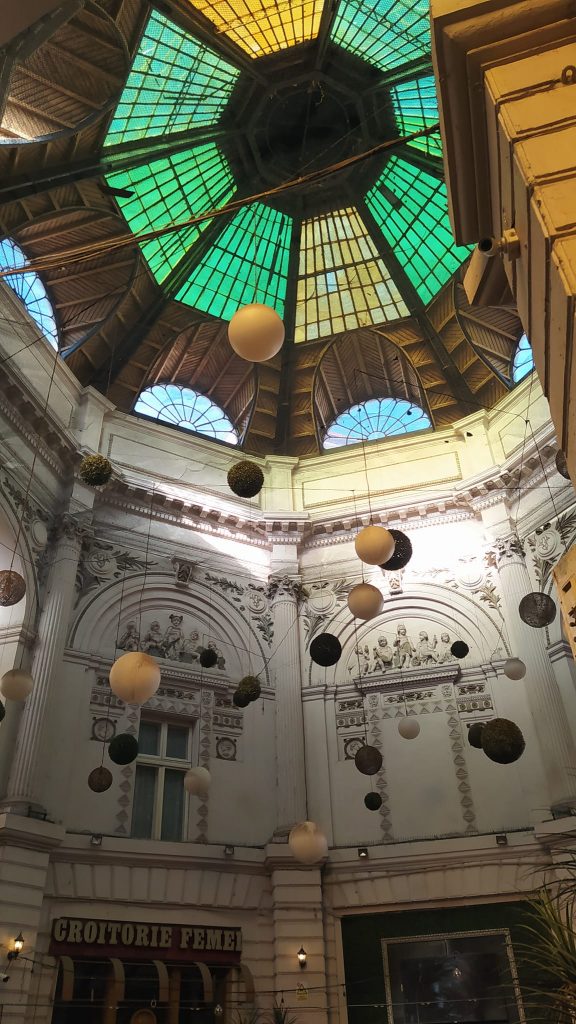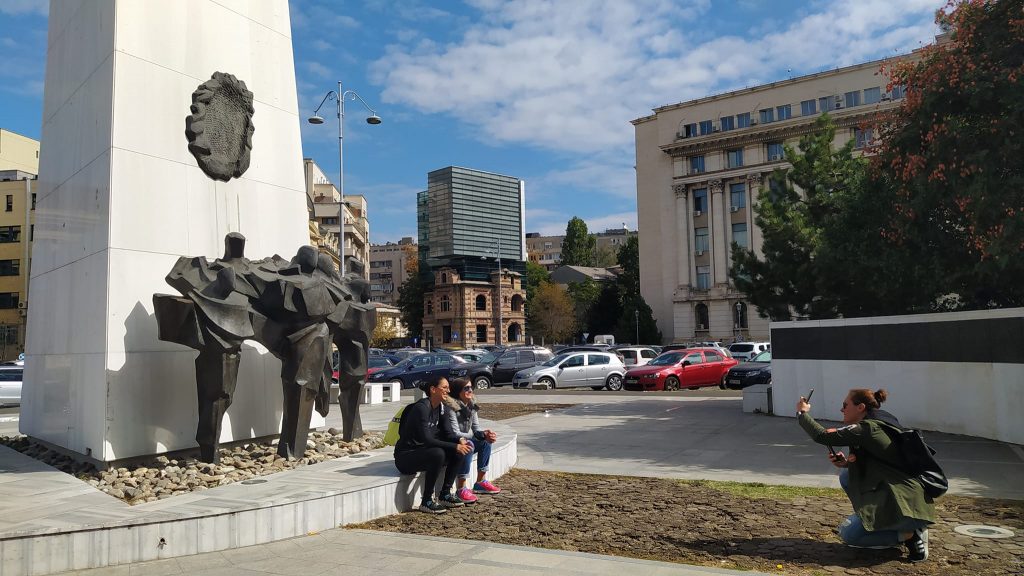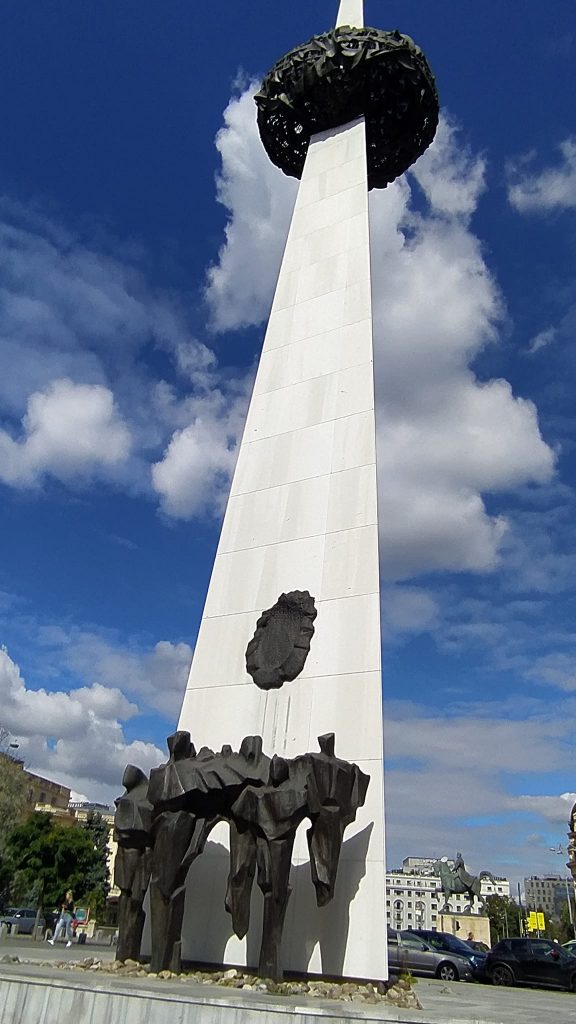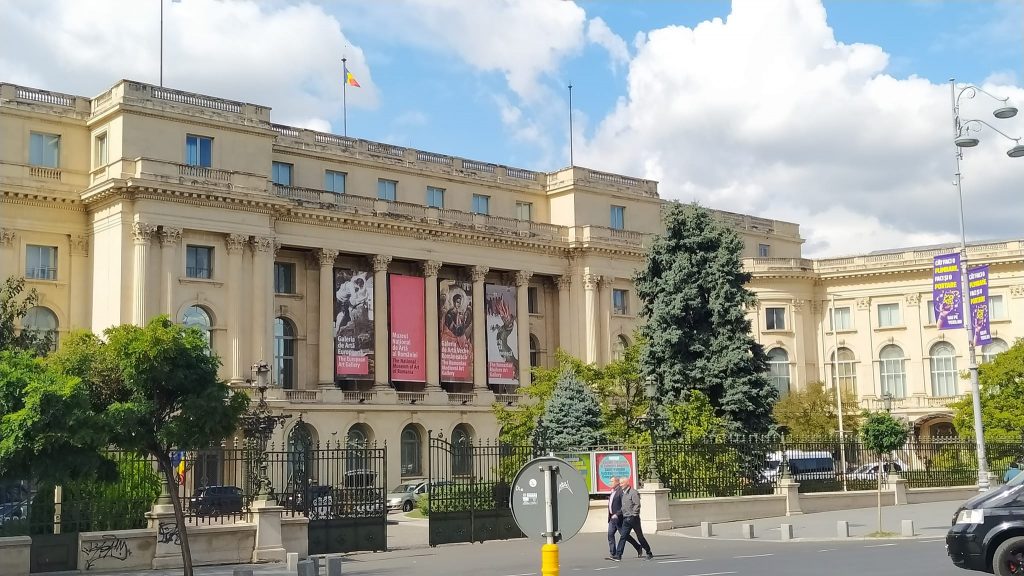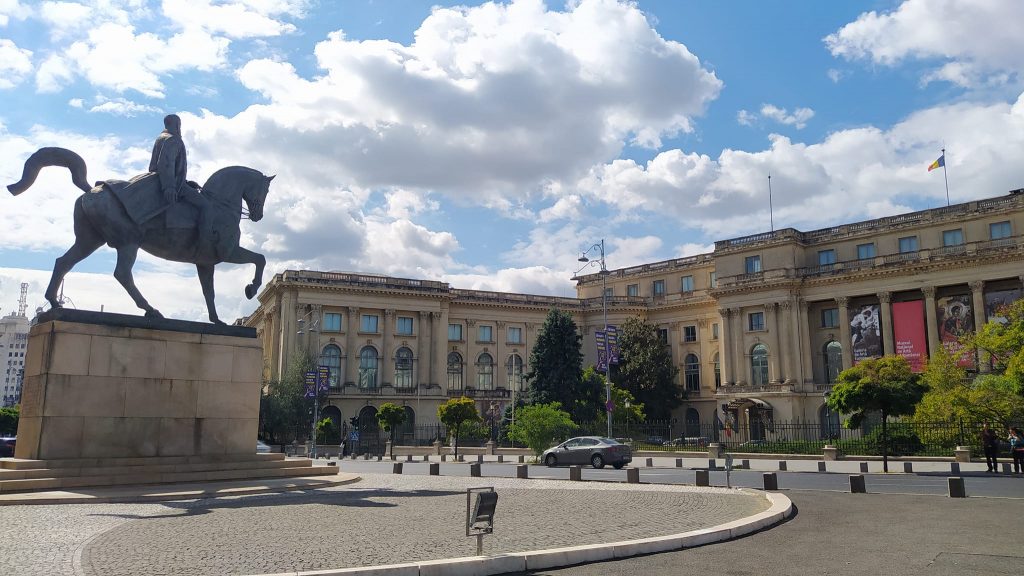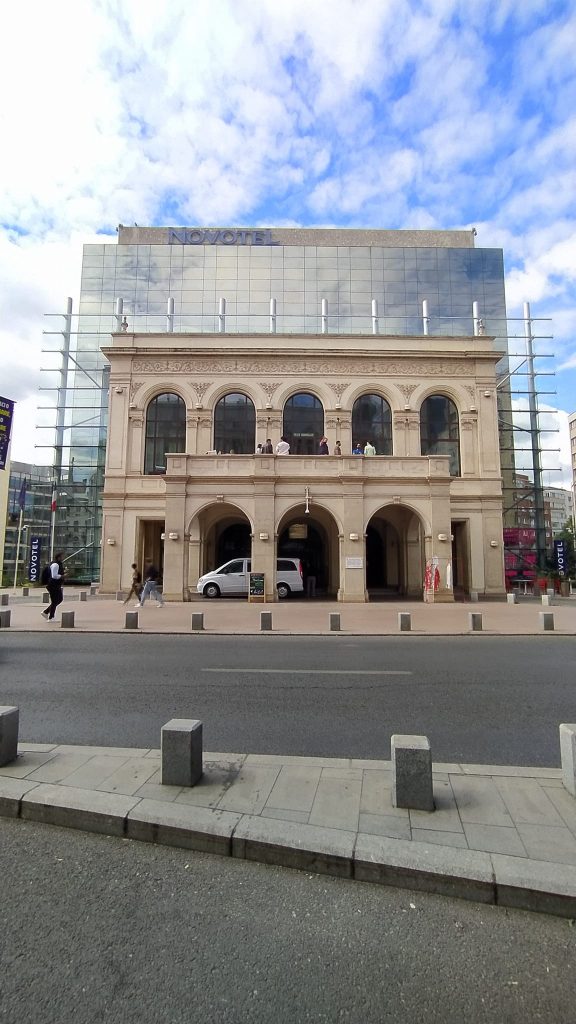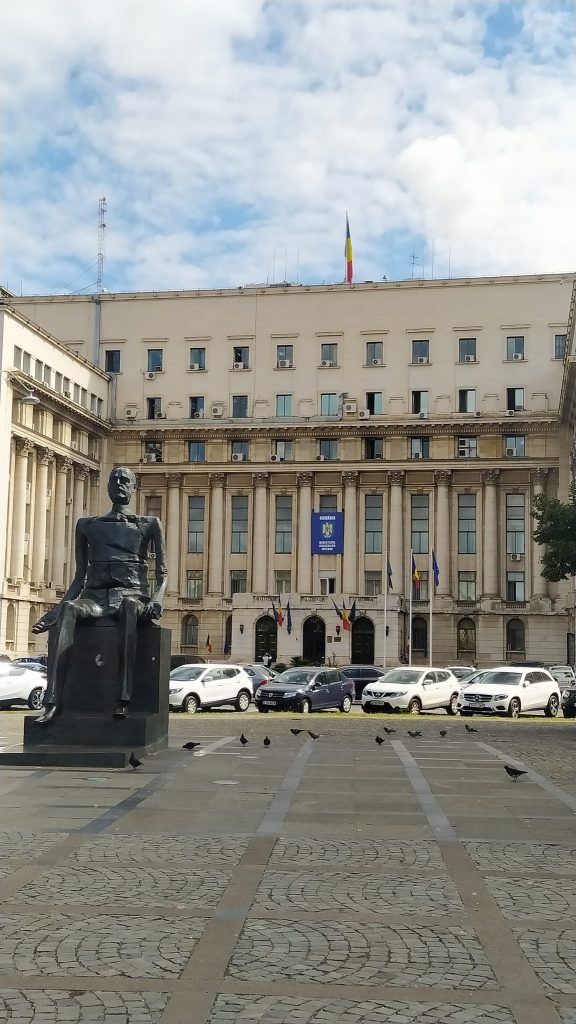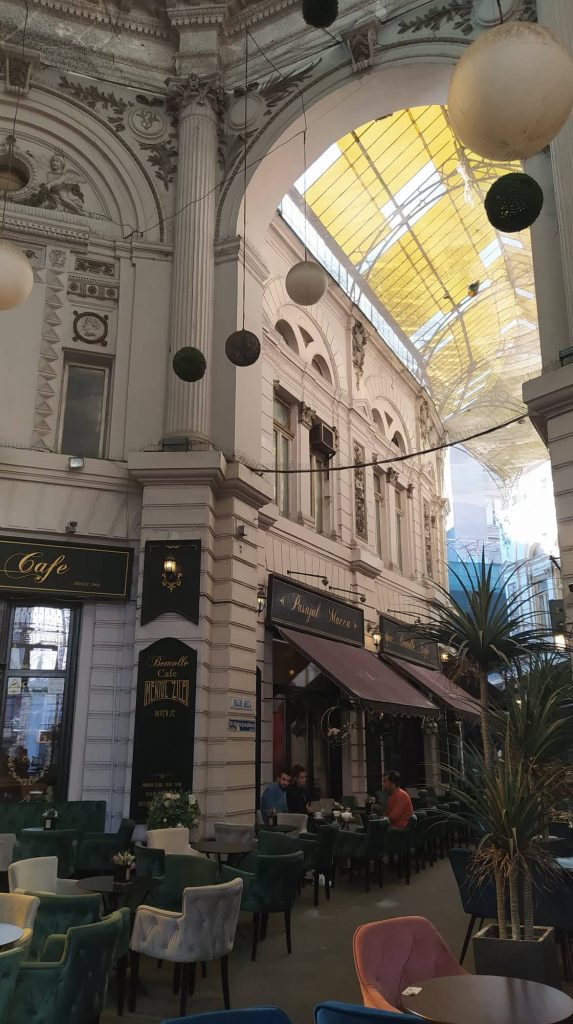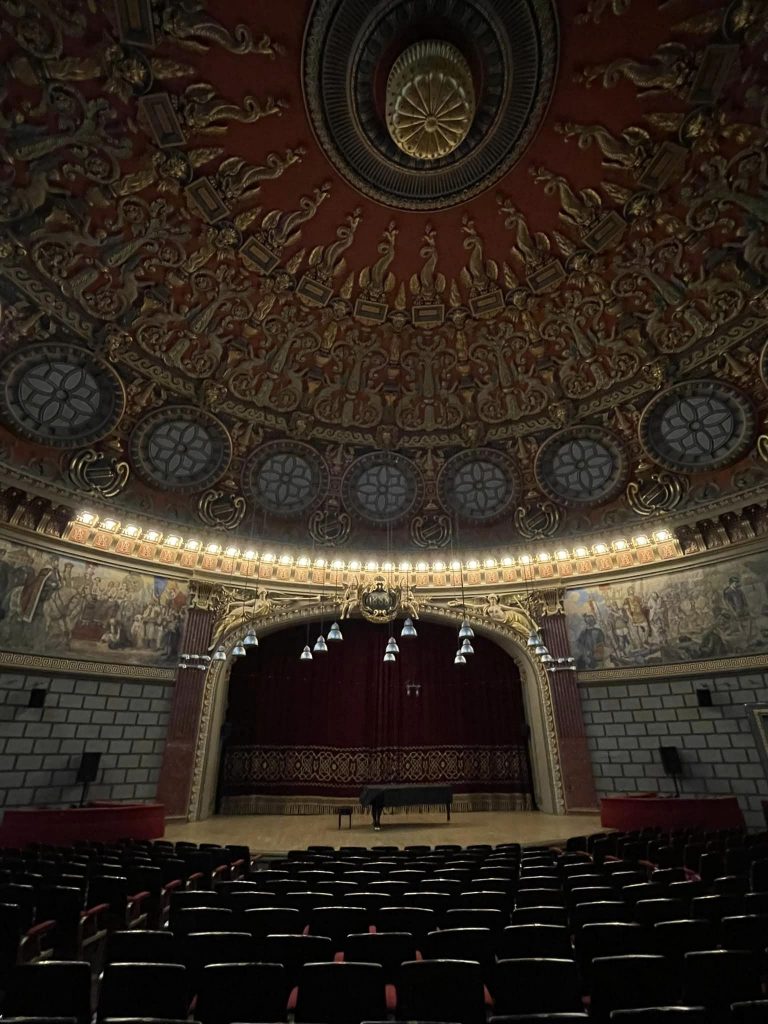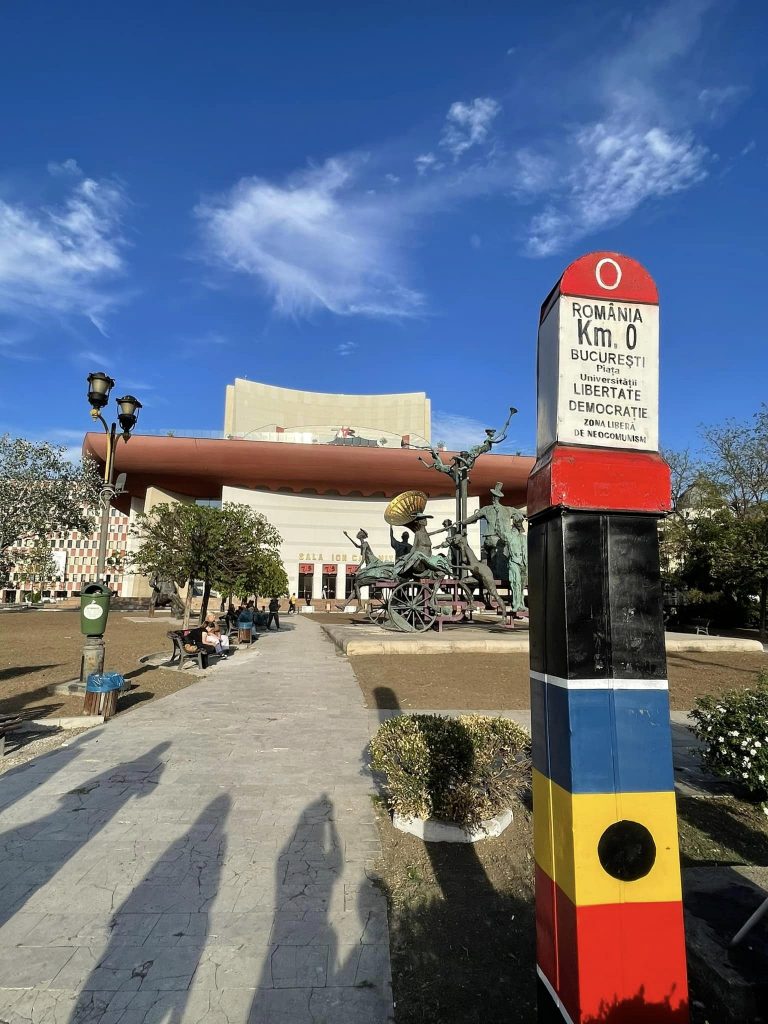Training in Bucharest and surroundings
Between September 18-23, 2022, the “See & SHARE” team met in Bucharest. We were very pleased to discover that Bucharest’s surroundings are hiding so many interesting and beautiful places.
One of our first stops were the Țigănești Monastery in the small village of Ciolpani and the amazing School of Piscu.
Built on the initiative of the monks themselves, seeking solitude close to nature, the monastery was first mentioned in a donation document by Matei Tsiganescu from 1780 and hence took its name. In the monastery in 1818 the first elementary school for mothers and children in the area was opened. In 1923 it was replaced by the so-called “School of Home Industry”, where women were trained in knitting, embroidery, weaving – crafts practiced by the nuns to this day. The monastery also has a well-maintained museum with a very rich collection of icons from the 18th and 19th centuries, church books in Cyrillic, including a gospel from 1693, liturgical vestments and objects, pafts, etc.

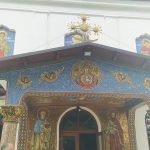
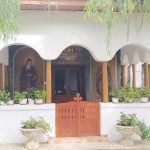

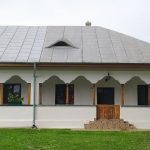
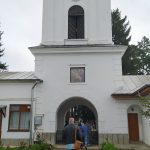
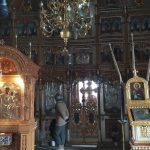

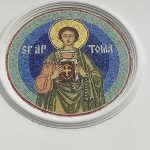
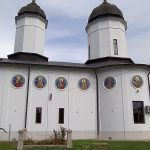
The School of Piscu is a wonderful place, where crafts, art and traditions meet modern technology. Heartfelt thanks to Doru, Florin and Simona and our hosts Adriana and her husband who created this place with a lot of love for people and nature. In Piscu, a village in Ilfov Romania with less than 5 000 inhabitants, with the help of volunteers from the local community, logs and stones abandoned in the nearby river come to life in a bright and full of beauty and children’s noise space. Main activities in the school are the pottery and lithography workshops that we were pleased to participate in.
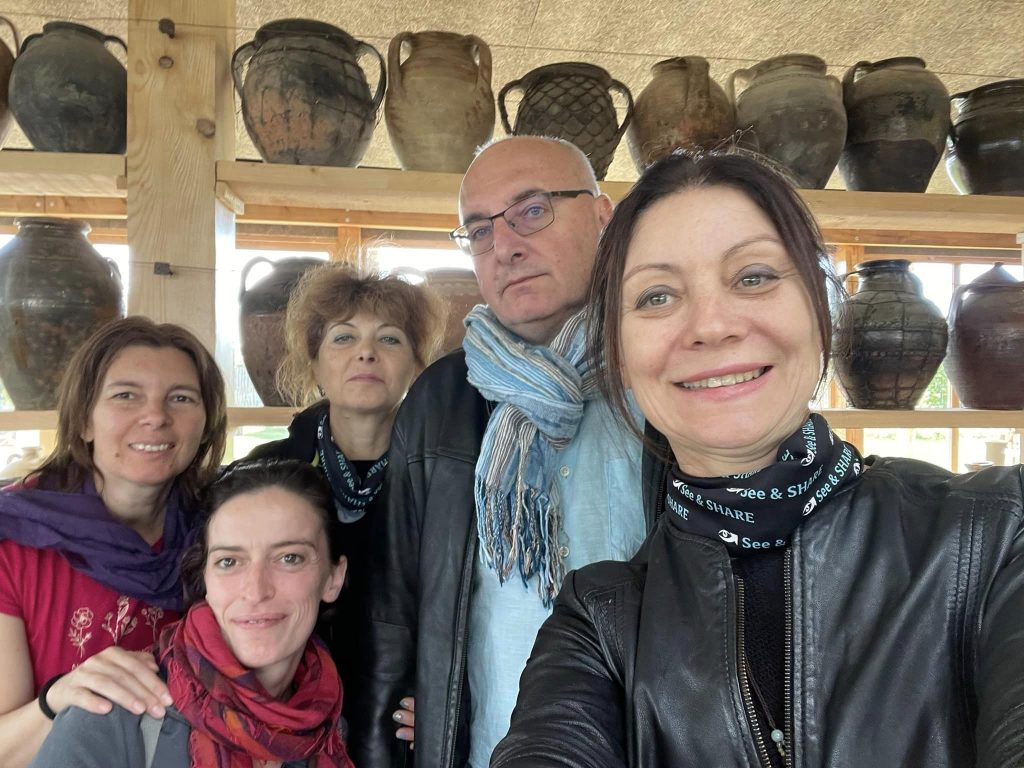
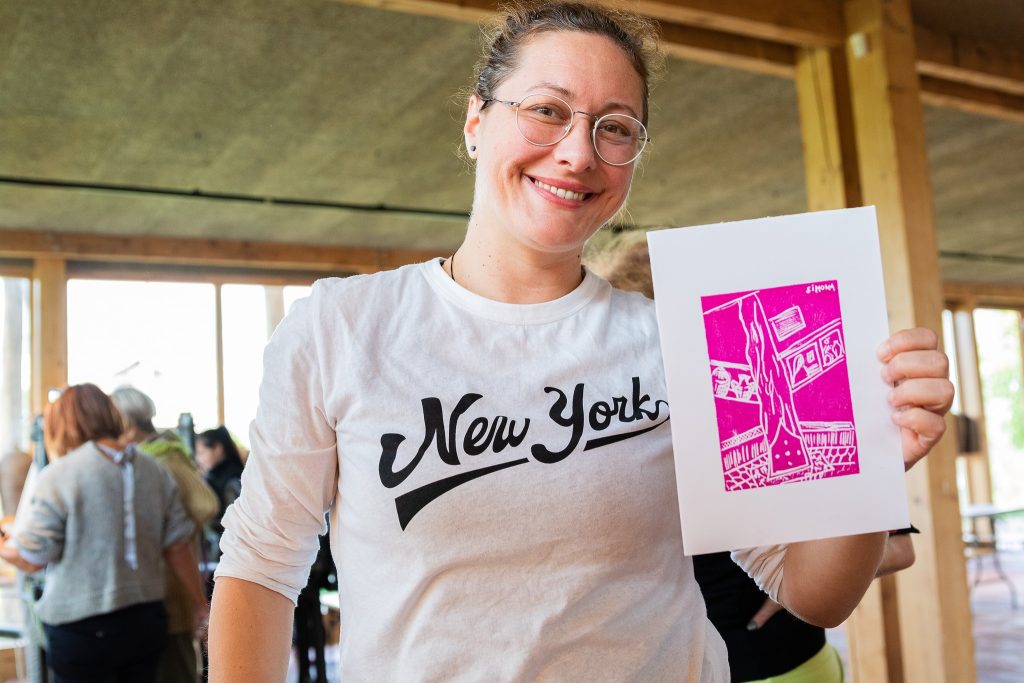
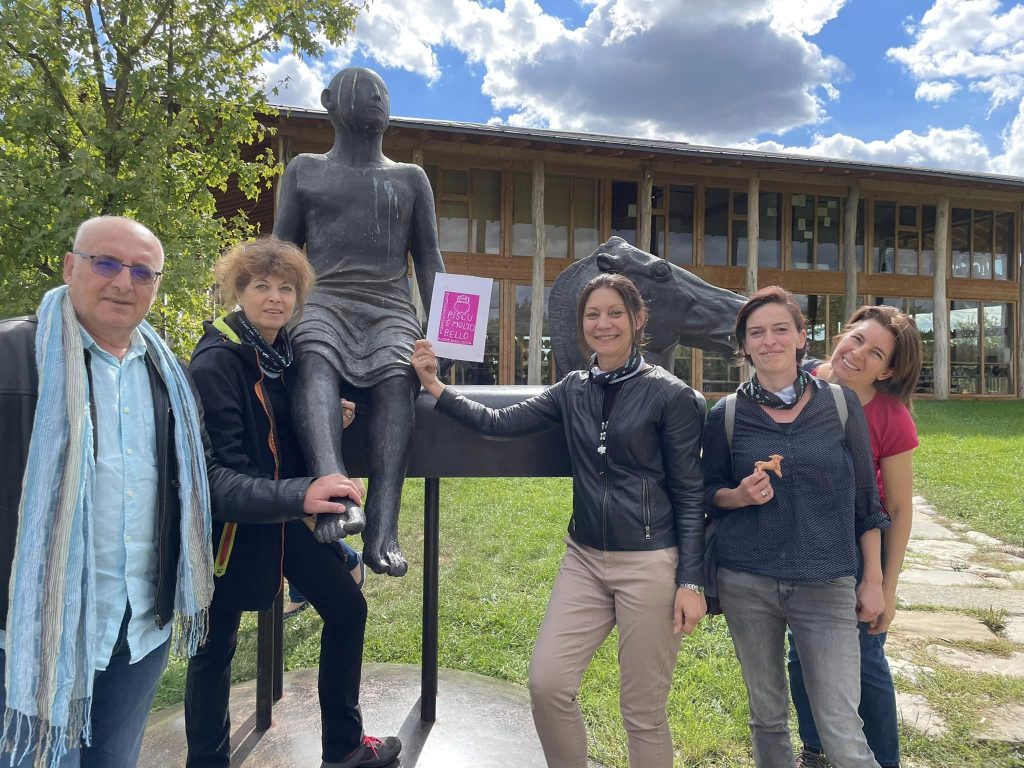
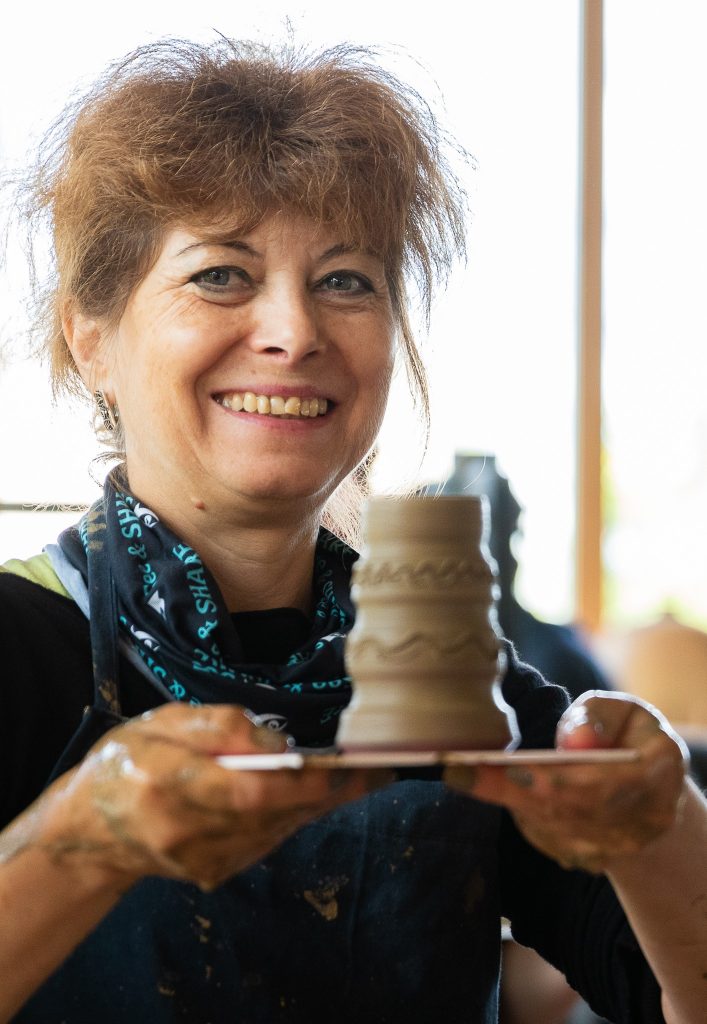

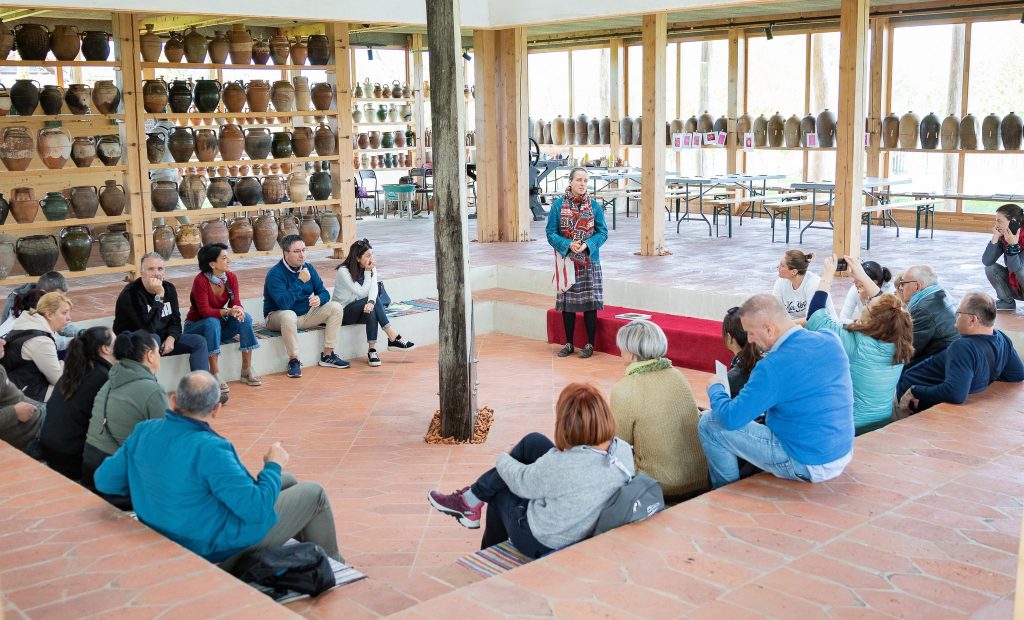
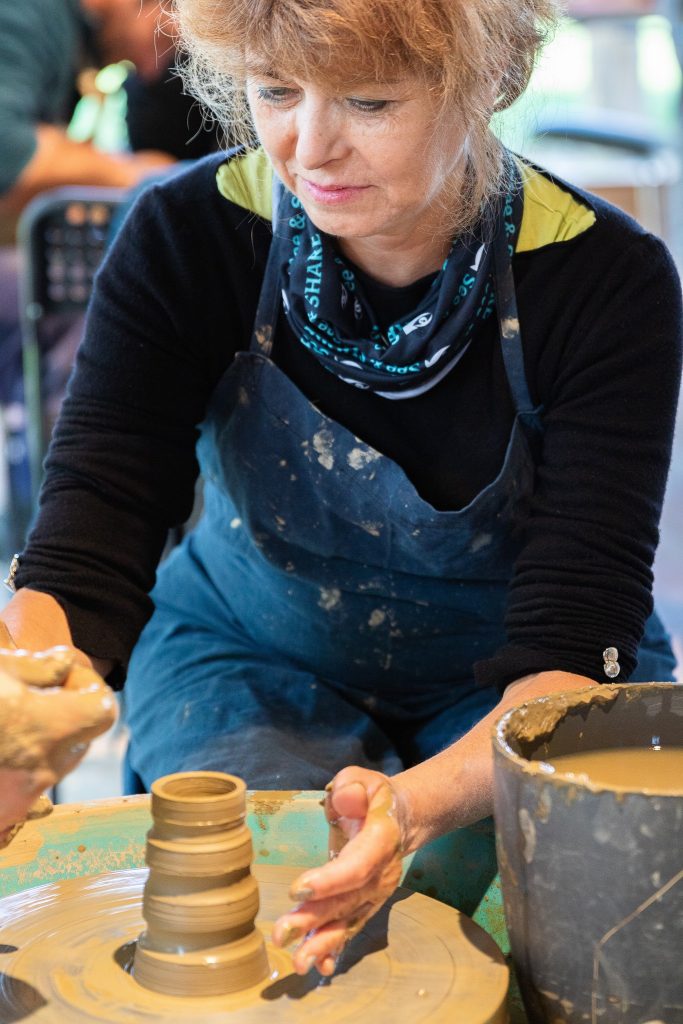


Our partners from CCD Ilfov shared with us another lovely story, the one about the Romanian Cuckoos – kukeri in Bulgarian. The tradition crossed the border and was brought to Romania from Silistra. Here they are called Cuckoos, and the word comes from the bird cuckoo. During socialism the tradition was banned and gradually lost, but 10 years ago the local association Cucii din Branesti set out to revive the custom. With the help of the many students studying in Branesti, a town with 5 universities, the association succeeded in reviving the tradition and today the kukeri drive away winter during an international festival that takes place at the beginning of March.
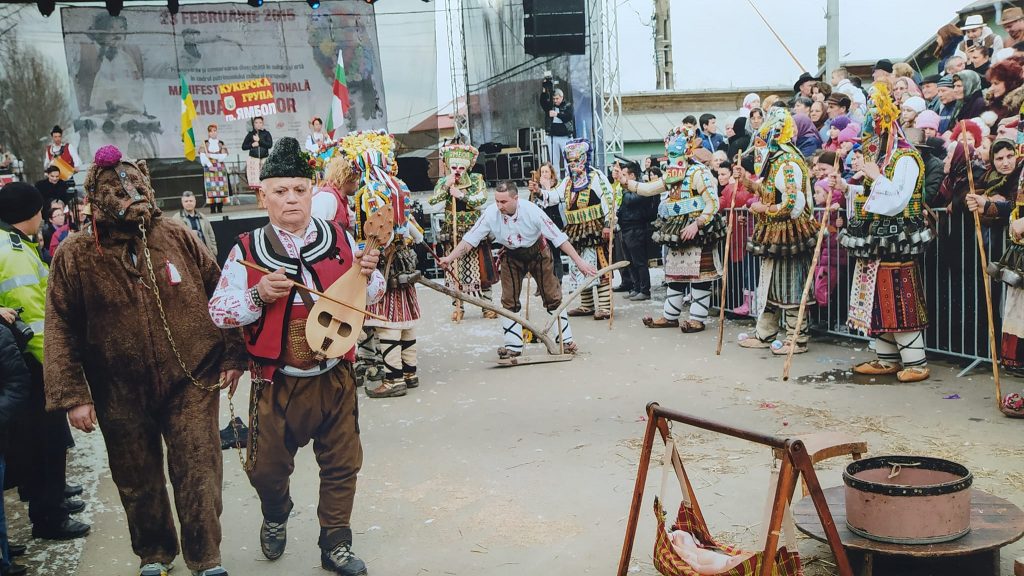
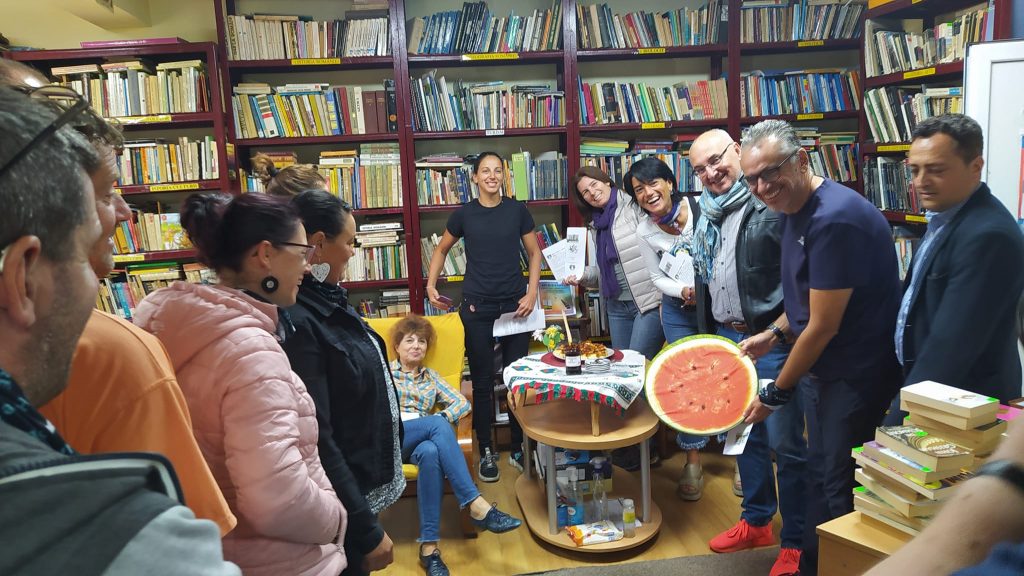

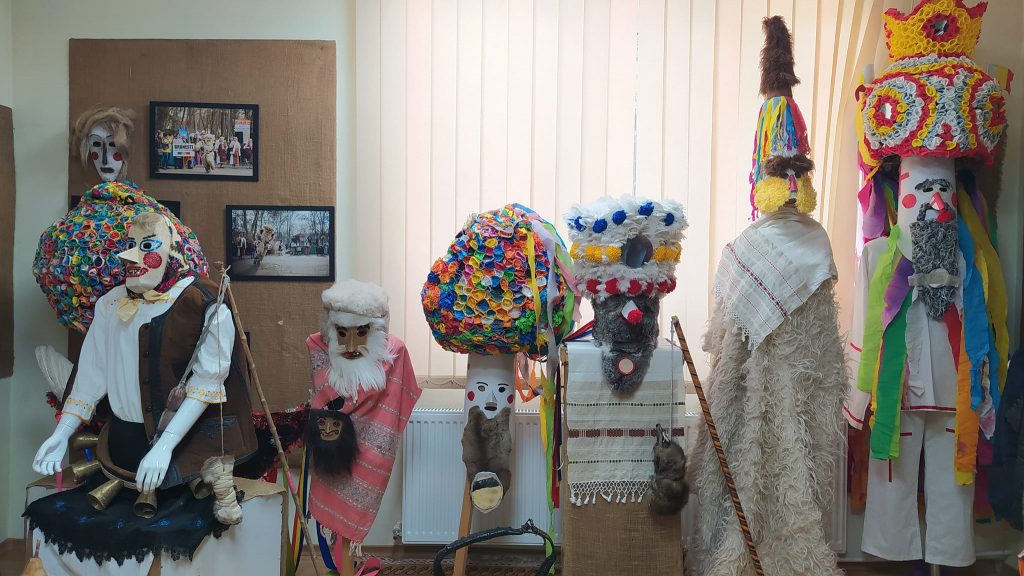
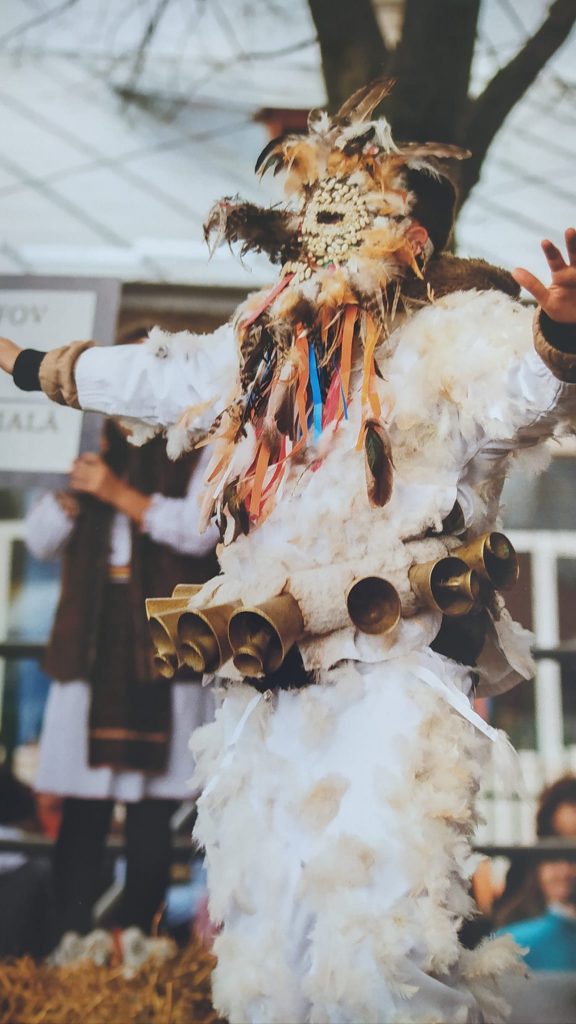


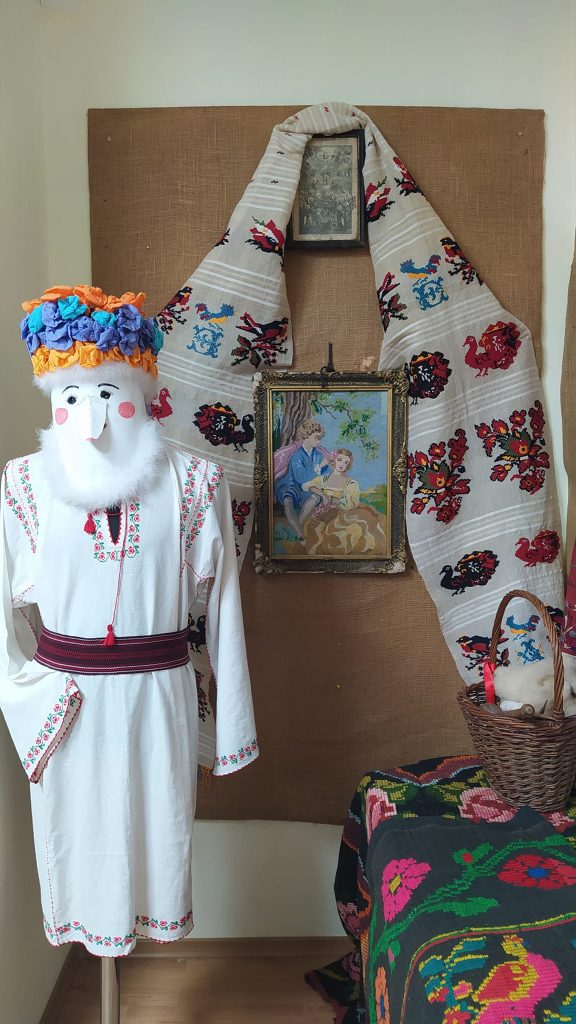

And of course we have visited one of the most emblematic buildings and places in the city of Bucharest, as the Parliament, the old town full of beautiful houses transformed into restaurants, little stores and bars, Pasajul Macca-Villacrosse, Romanian Athenaeum, the bulevard Calea Victoriei with the former Royal Palace, today National Museum of Art, the Memorial built in honor of the victims of communism “Memorial of rebirth”, the Revolution Square and the Ministry of Interior (from where the mass discontent against the Ceausescu regime began), the old Popular bank and the Novotel (retaining the door of the old National Theater, in front of which theater costumes still hang), the statue of the first king of Romania, Carol I, and the imposing neoclassical concert hall from 1888 Romanian Athenaeum. A walk through the center of Bucharest is a real treat for the eyes and an example of a wonderful coexistence between the past and present. An extremely inspiring city where history, culture and art intertwine.

